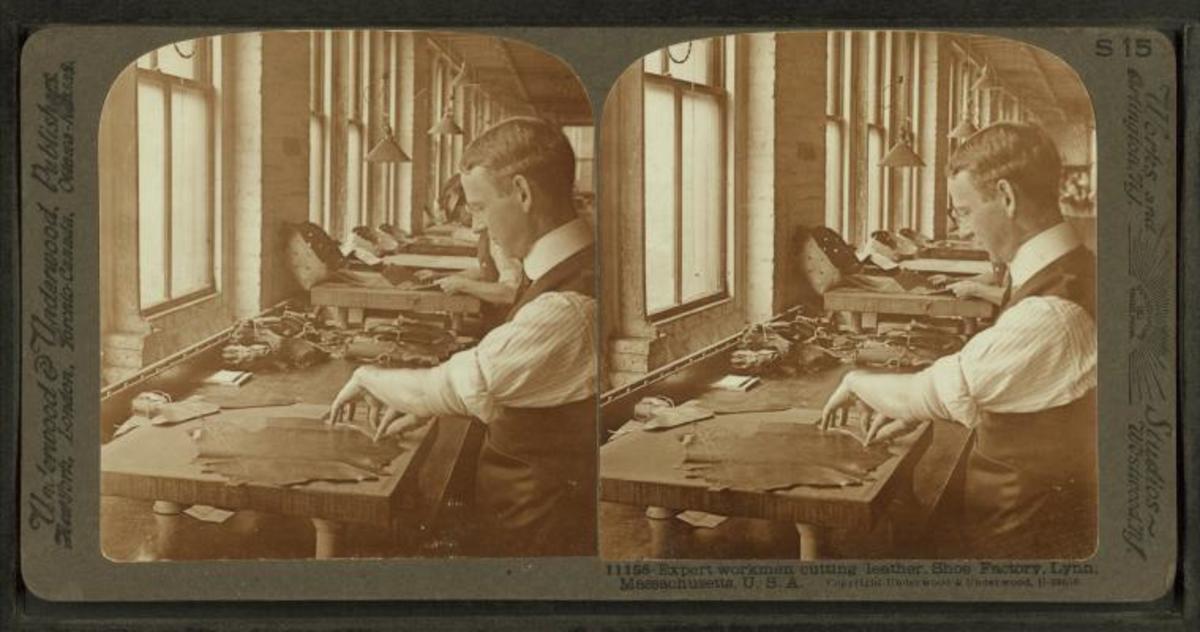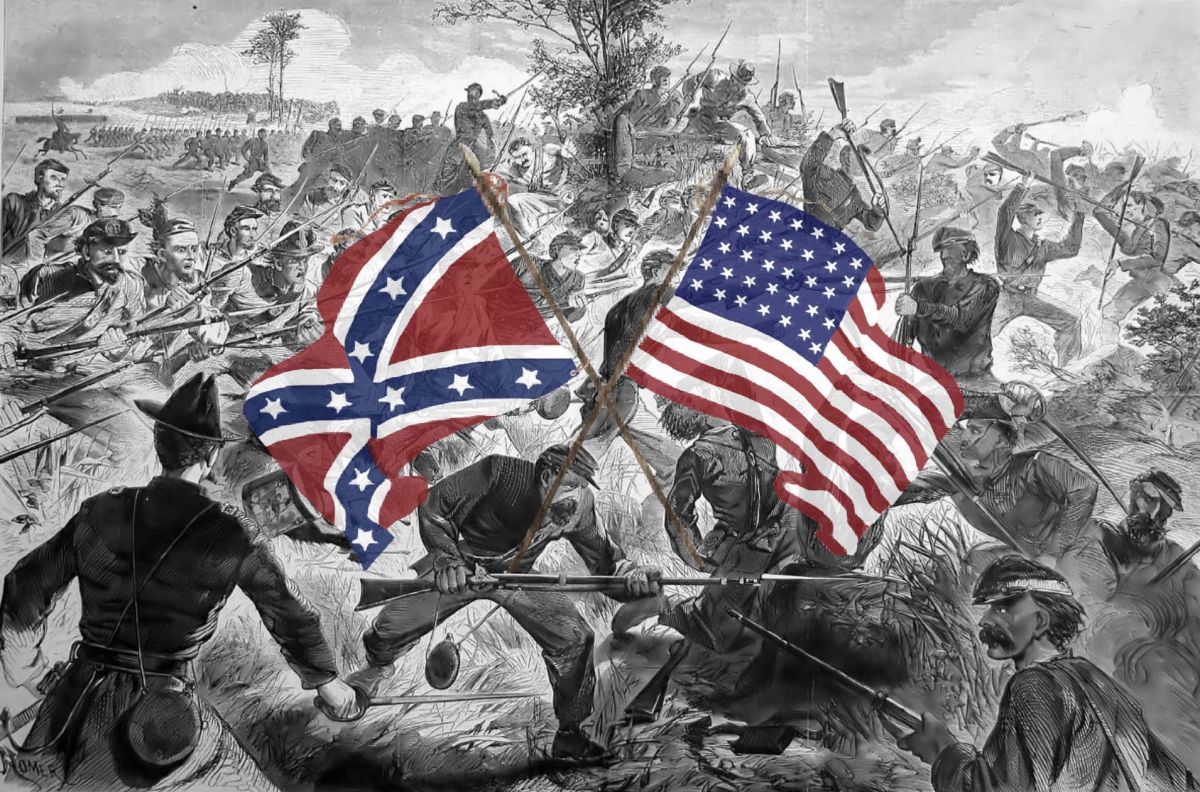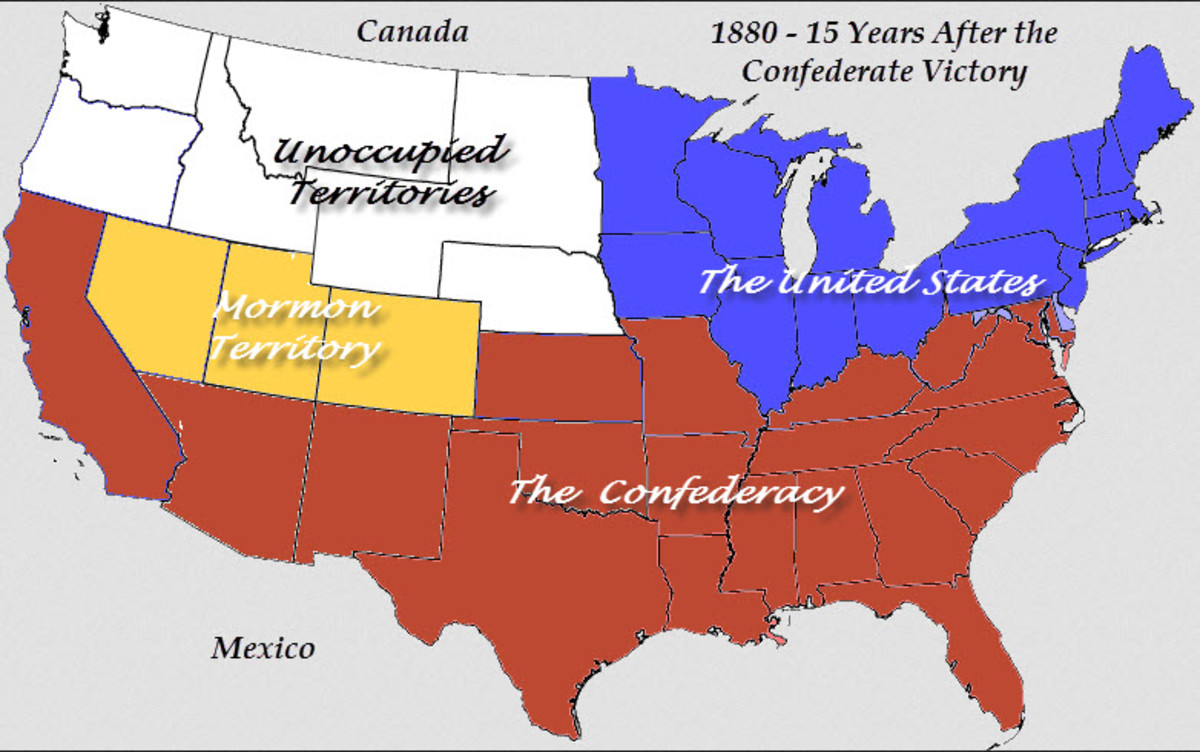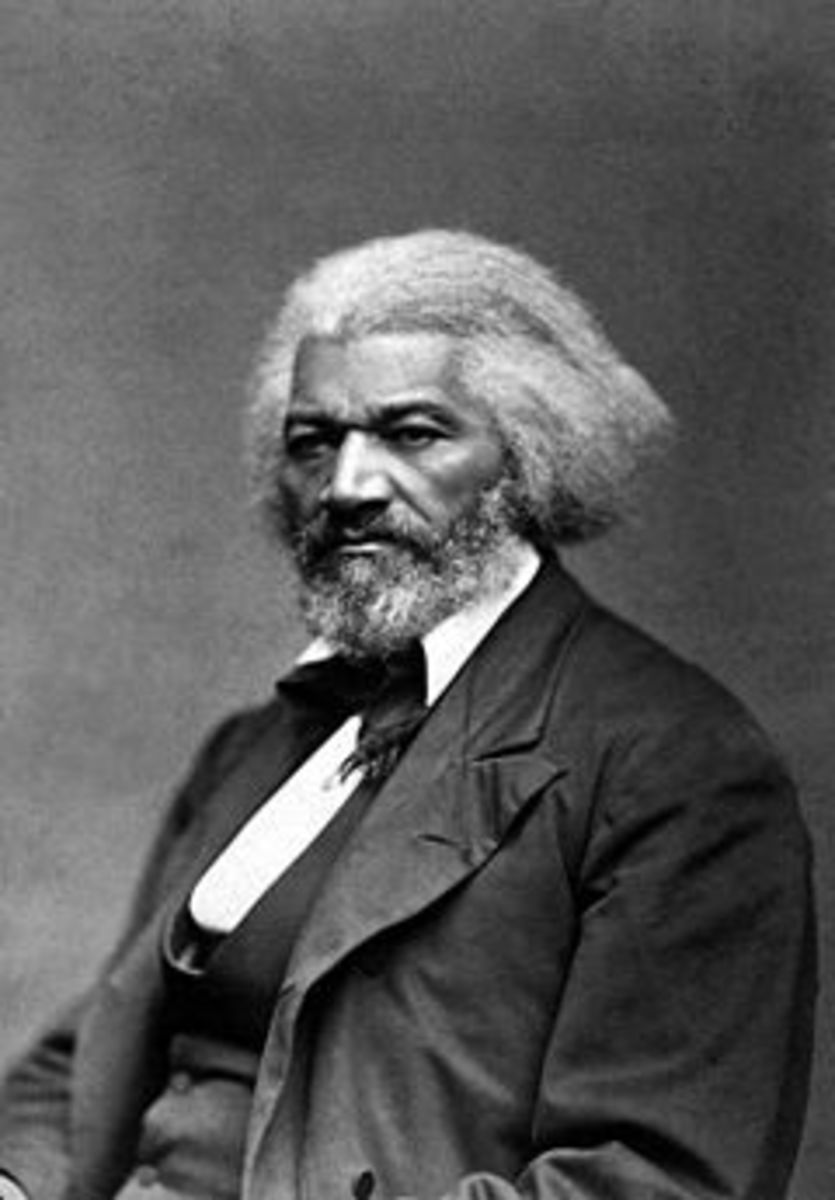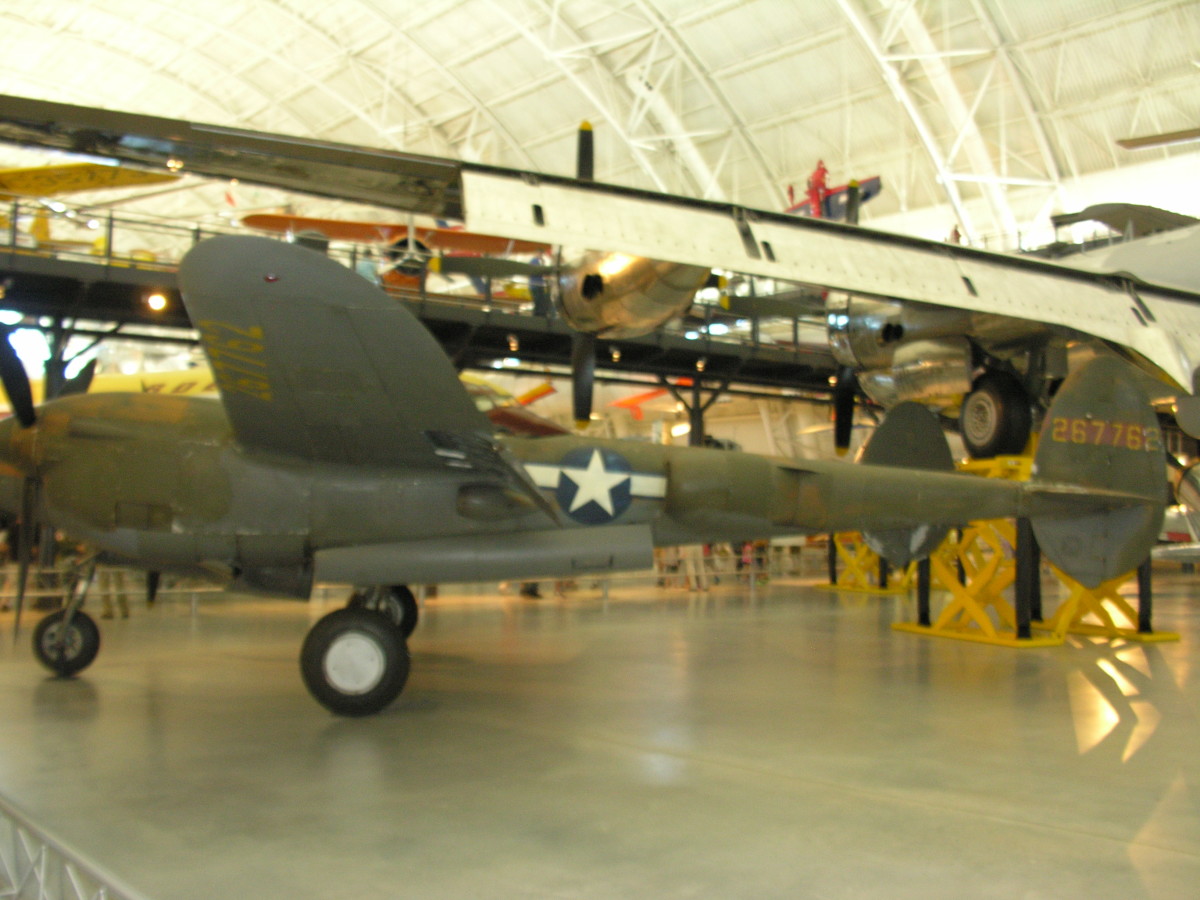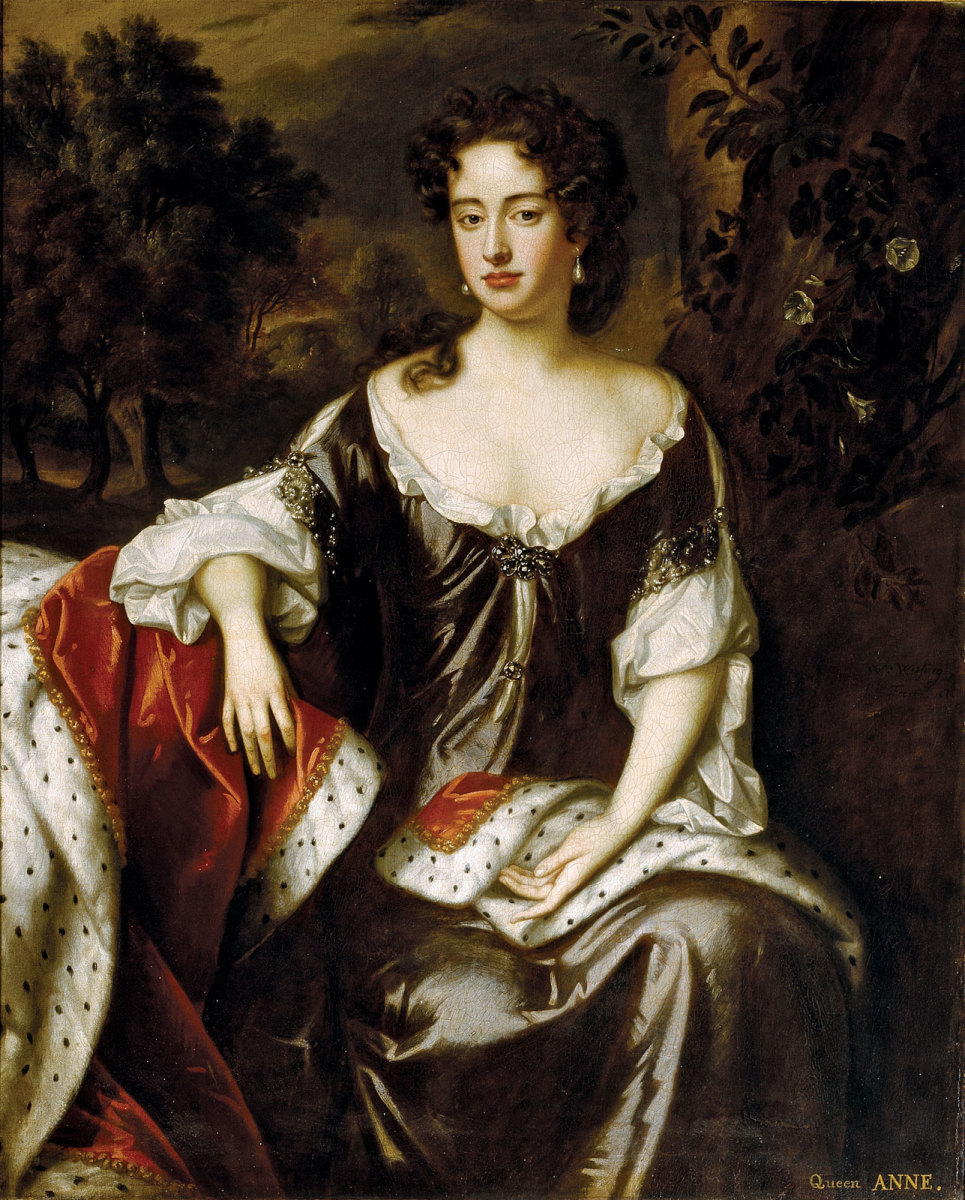CSS PALMETTO STATE | US Civil War Ironclad
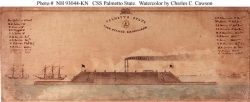
CSS Palmetto State
CSS Palmetto State, an ironclad ram, was built by Cameron and Co., Charleston, South Carolina in January 1862, under the supervision of Flag Officer D.N. Ingraham, CSN. She was readied for service by September 1862 when Lieutenant Commander John Rutledge, CSN, was placed in command. Her armor was 4" thick on the shield, backed by 22" of wood, 2" of iron elsewhere. Her pilothouse was located abaft the stack.
CSS Palmetto State - Ironclad Ram
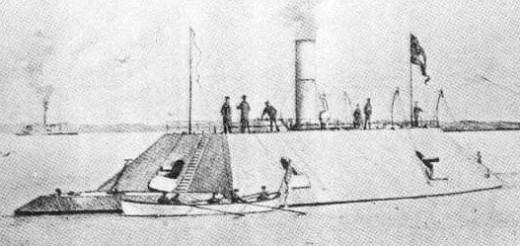
Before dawn on January 31, 1863, Palmetto State and her sister ram CSS Chicora crept through thick haze to surprise the Union blockading force off Charleston. Taking full advantage of her low silhouette, the ironclad stole in under the guns of USS Mercedita, ramming as well as firing into her. Completely disabled, with no guns that would depress enough to fire at Palmetto State, the Union ship surrendered. The ram then turned her attention to USS Keystone State and put several shells into that blockader. Her steam chests punctured, Keystone State lost all power and had to be towed to safety. A long-range gun action between the Confederate rams and other Federal blockaders then took place, but little damage was inflicted by either side before Palmetto State and Chicora withdrew to safety within Charleston Harbor. The attack of the Confederate rams caused the temporary withdrawal of the blockaders from their inshore positions and led to the claim by the Confederate Government, unsuccessfully advanced, that the blockade of Charleston had been raised. (From Wikipedia)
Iron Afloat: The Story of the Confederate Armorclads
by William N. Still
Everyone knows the story of the battle of the Monitor and the Merrimack. But how many people know the story behind the Confederacy's attempt to build a fleet of armorclad vessels of war? Built from converted steam ships, built on riverbeds and cornfields. Learn how the Confederacy built a fleet of ironclads that were more than a match for anything from the Northern invaders.
See My Other Lenses about Civil War Ironclads
Ironclad Ram
CSS Palmetto State Specifications - US Civil War Ironclad
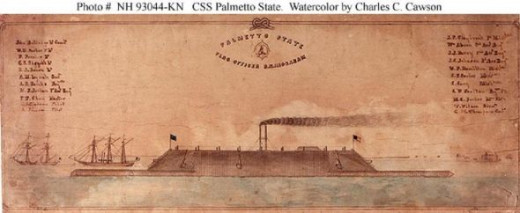
Length 172 1/2 feet
Beam (width) 32 feet
Draft 12 feet,
Armor 4" iron on wood backing
Armament 10 7" Brooke rifles
Engine Single screw
Speed 6 knots
Crew 180
The CSS Virginia: Sink Before Surrender
The CSS Virginia: Sink Before Surrender Published by The History Press
by John V. Quarstein
The morning the CSS Virginia (formerly the USS Merrimack) slowly steamed down the Elizabeth River toward Hampton Roads on March 8, 1862, naval warfare changed forever. Wooden sailing ships became obsolete, armored, steam-powered vessels where the new dreadnaughts. Little did the ironclad's crew realize that their makeshift warship would achieve the greatest Confederate naval victory. The trip was thought by most of the crew to be a trial cruise. Instead, the Virginia's aggressive commander, Franklin Buchanan, transformed the voyage into a test by fire that forever proved the supreme power of iron over wood.
The Virginia's ability to beat the odds to become the first ironclad to enter Hampton Roads stands as a testament to her designers, builders, officers and crew. Virtually everything about the Virginia s design was an improvisation or an adaptation, characteristic of the Confederacy's efforts to wage a modern war with limited industrial resources. Noted historian John V. Quarstein recounts the compelling story of this ironclad underdog, providing detailed appendices, including crew member biographies and a complete chronology of the ship and crew.
Civil War Ironclad CSS Palmetto State - Defense of Charleston
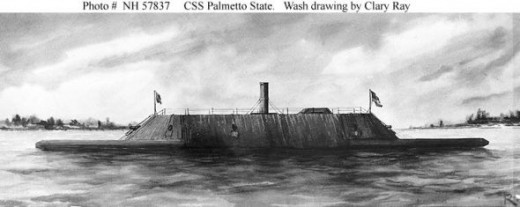
Palmetto State also joined in the defense of Charleston during Admiral Samuel Francis du Pont's unsuccessful attack on the harbor forts, April 1-7, 1863. Her officers and men were cited for valuable services rendered during the removal of troops from Fort Wagner and Battery Gregg on the night of September 6-7, 1863.
Palmetto State was burned by the Confederates upon the evacuation of Charleston on February 18, 1865.
Books About the Civil War Ironclads
CSS Palmetto State Videos
Confederate Ironclad 1861-65 (New Vanguard)
The creation of a Confederate ironclad fleet was a miracle of ingenuity, improvisation and logistics. Surrounded by a superior enemy fleet, Confederate designers adapted existing vessels or created new ones from the keel up with the sole purpose of breaking the naval stranglehold on the nascent country. Her ironclads were built in remote cornfields, on small inland rivers or in naval yards within sight of the enemy. The result was an unorthodox but remarkable collection of vessels, which were able to contest the rivers and coastal waters of the South for five years. This title explains how these vessels worked, how they were constructed, how they were manned and how they fought.
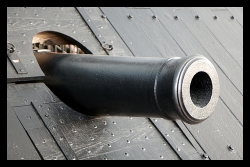
What Happened to the Civil War Ironclads?
Final Resting Place
The CSS Palmetto State was destroyed to prevent capture at the mouth of Town Creek above Charleston Harbor on February 18, 1865. The wreck was removed prior to 1870.
CSS Virginia Limited Edition
CSS Virginia, Limited Edition
This is a full assembled ready for display museum quality replica of the CSS Virginia, formerly the USS Merrimack. This model is 34" long by 7" wide and 9" high, 1/96 scale. Built of high quality wood and brass detail parts. These museum-quality scale Civil War replicas of one of history's most famous warships produced as Limited Edition ironclad models of the famous CSS Virginia, are certain to enthrall even the most discriminating naval historian or Civil War buff.
CONFEDERATE IRONCLADS of the US Civil War
The battle between the USS Monitor and the CSS Virginia, (formerly the USS Merrimack) two of the Civil War Ironclads, started one of the biggest changes in N...
CSS Arkansas Civil War Ironclad
The CSS Arkansas was a Confederate Ironclad warship during the American Civil War. Serving in the Western Theater, the vessel helped repulse a U.S. Navy flee...
CSS GEORGIA | US Civil War Ironclad
CSS Georgia, also known as State of Georgia and Ladies Ram, was an ironclad floating battery built at Savannah, Georgia in 1862-1863. Placed under command of...
CSS Atlanta, US Civil War Ironclad
CSS Atlanta was originally the English blockade runner Fingal, built at Glasgow, Scotland, in 1861. She was procured by the Confederate Government in 1862 an...
CSS NEUSE | US Civil War Ironclad
The CSS Neuse was a sister ship to the CSS Albemarle. The CSS Neuse was one of 22 ironclads commissioned by the Confederate navy. Having a wide, flat bottom,...
Affiliate Disclosure
"Paperquest is a participant in the Amazon Services LLC Associates Program, an affiliate advertising program designed to provide a means for sites to earn advertising fees by advertising and linking to amazon.com."






